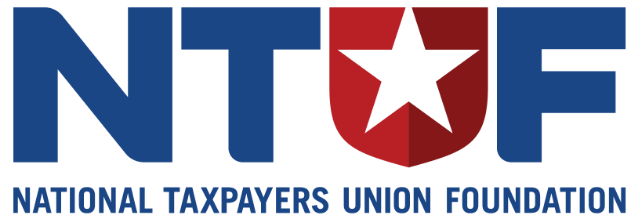Introduction
Through the One Big Beautiful Bill Act (OBBBA), Americans were granted substantial tax relief, and now the Trump Administration has turned its attention toward reining in the federal debt. For the first time since 1999, Congress has passed a rescissions package signaling a renewed commitment to fiscal discipline. Now congressional leadership turns toward the FY2026 appropriations process under House Appropriations Committee Chairman Tom Cole. Both the House and the Senate Committees on Appropriations consist of twelve subcommittees, which all contribute to the final appropriations bill for FY2026. To date, House subcommittees have passed all 12 of their bills, the full committee has cleared 8 of these bills, and the House has passed two of them. In this post, we analyze two of the bills that have been cleared by the full committee and await action on the floor of the House—the Energy and Water Development and Transportation, Housing and Urban Development (T-HUD) appropriations bills.
Both subcommittees deserve credit for budgetary restraint, including cuts of $766 million and $4.485 billion relative to last year. However, these reductions are only a starting point. With over $37 trillion in national debt, Congress needs to find more savings to protect taxpayers from more debt.
Energy and Water Development: More Can Be Done
The FY 2026 Energy and Water Development bill proposes a total discretionary allocation of $57.3 billion, $766 million less (1.32%) than in FY 2025. More specifically, this bill makes progress by eliminating funding for the Department of Energy Office of Energy Justice and Equity and the Office of Clean Energy Demonstrations. This alone saves taxpayers $28 million and $50 million based on their respective FY2025 appropriations. It also slashes $1.6 billion from the Energy Efficiency and Renewable Energy office, refocusing funds on secure, cost-efficient energy sources.
Additional reductions in the bill include:
$110 million cut to Advance Research Projects Agency-Energy.
$177.5 million cut to Fossil Energy, repurposed to fund critical minerals mining and reliable power generation that is cost effective to the taxpayer.
$55 million cut to electricity R&D and $35 million cut to grid deployment.
$79.8 million cut to various Regional Commissions.
While many of these cuts are meaningful, Community Project Funding—better known as earmarks—continues to weigh the bill down. Community Project Funding accounts for over $901 million of the budget, allocated for 94 local projects requested by 73 members. These earmarks work directly against fiscal responsibility and should be stripped before final passage to bring spending even lower to help tackle the debt.
T-HUD Bill: A Welcome $4.5 Billion Cut
The FY2026 T-HUD appropriations bill makes a stronger statement. It proposes a $4.458 billion (4.7%) cut from FY2025 levels, bringing total discretionary spending down to $89.91 billion. Importantly, the bill eliminates or reduces 38 wasteful programs, saving taxpayers $7.3 billion compared to FY2025 levels. It also cuts or redirects $9.4 billion through program eliminations and recissions, and slashes HUD’s staffing by 26%, saving taxpayers $334 million.
Other highlights:
Shaves $72 million from the Maritime Administration and $1.777 billion from the Federal Transit Administration.
A $3.149 billion reduction to the Department of Transportation and $939 million reduction to the Department of Housing and Urban Development (HUD) from FY2025.
Reallocates spending cuts to improve railroad safety, highway infrastructure, and necessary FAA renovations.
While the T-HUD bill has welcomed spending cuts and efficient reallocation of taxpayer money, Community Project Funding remains a large portion of the bill. These earmarks account for a staggering $3.728 billion of T-HUD’s budget going to 2,369 local projects requested by 382 members. These projects directly undermine the bill’s broader message of restraint, and cutting them could help further the government’s ability to balance the budget.
Conclusion
These two subcommittee bills show that appropriators are taking steps to rein in waste, moving the budget outlook in the right direction. But, even with this crucial course direction, a balanced federal budget remains distant on the horizon. Congress should pick up the speed to sustainability by finding better ways to efficiently use taxpayer dollars and cut unnecessary earmarks.

